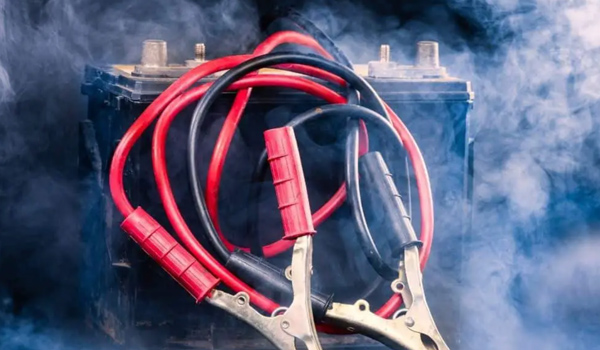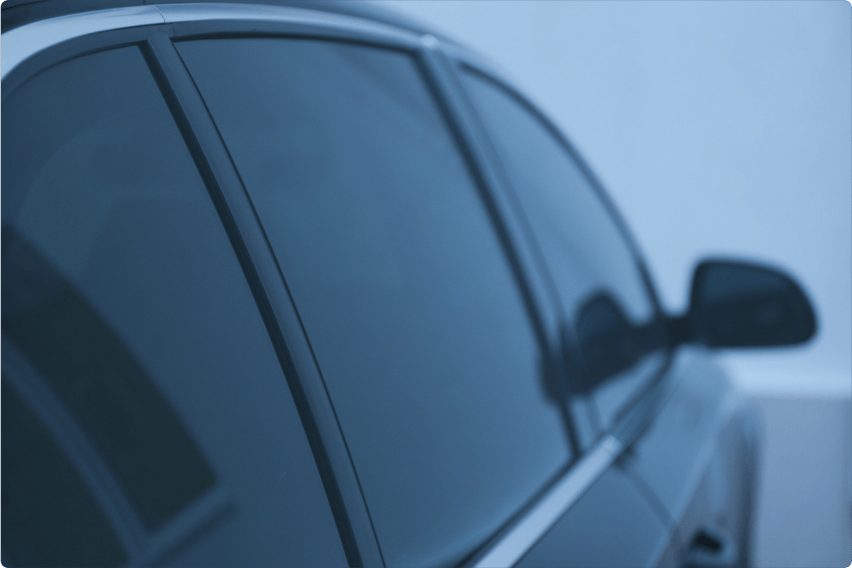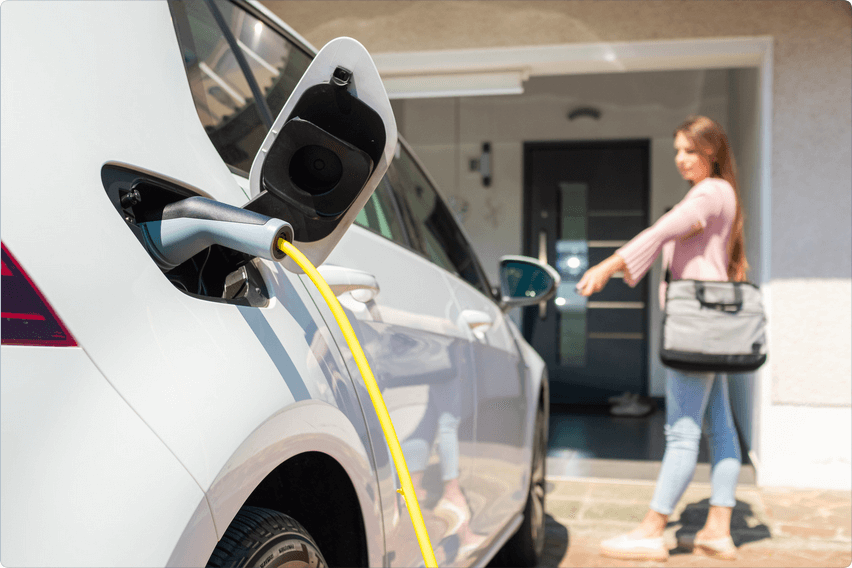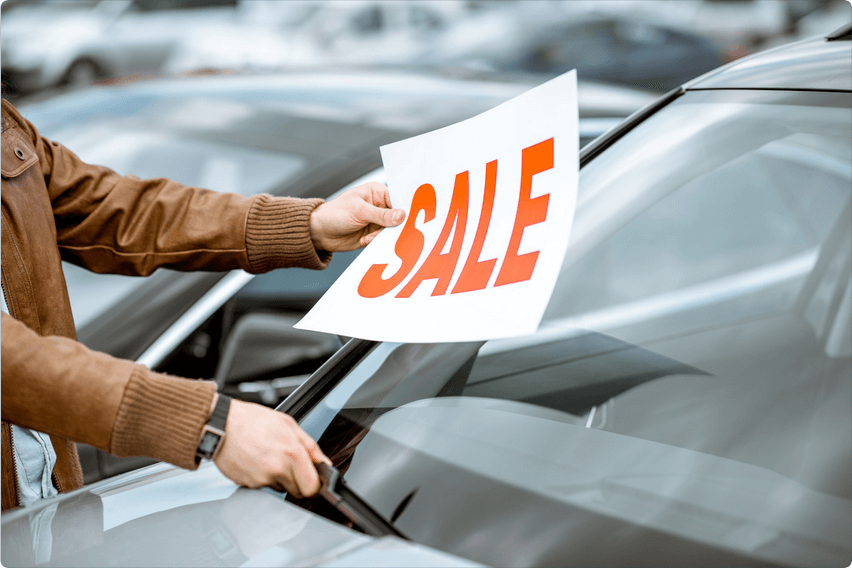If you’re thinking about selling your used vehicle, you can receive more for it by being strategic about when you put it on the market. Since most people know that vehicles depreciate fairly quickly, potential sellers should be aware of the primary factors that often affect the price of a used vehicle. By knowing these factors and considering whether selling your vehicle is worth it in the first place, you can ensure you’re making the best financial decision possible.
When Is the Best Time to Sell a Car? 3 Factors to Consider
The general rule for selling a car is to sell it before you need to since it can help you avoid accepting an offer below your asking price. Though this rule is a good one to follow, you can increase your chance of receiving your asking price by selling at certain times. Before you put your car on the market, review the following three main factors that affect when it’s the best time to sell a vehicle:
1. Between Periods of Major Depreciation
According to Edmunds’ data, vehicles tend to lose the most value in their first two years and then again in their fourth year. For example, they discuss how a Ford F-150 pickup would lose 28.6% of its value in the first year, 6.8% in the second, 5.1% in the third, and about 15% in the fourth year.
This spike in depreciation in the fourth year is largely due to warranties expiring. As a result, selling your vehicle in the two or three-year range tends to help you receive the best return due to the amount of depreciation that typically occurs in the fourth year. After the fourth year, you can expect another major drop in value at the eight-year mark, so selling before your car reaches its eighth year is another good strategy if you plan to keep it for more than four years.
2. Mileage
Alongside the age of your car, its mileage can affect its price. Below, you can find a breakdown of how different mileages can affect a vehicle’s selling price:
- 30,000 to 40,000 miles: Most manufacturer general vehicle warranties tend to expire between 30,000 to 40,000 miles. This mileage range also tends to be when more costly maintenance or repairs are needed. The expiration of warranties and costlier repairs mean car owners can often receive more money by selling before they reach 30,000 miles (or the mileage when the warranty runs out). Conversely, if you sell between 30,000 to 40,000 miles, you’ll likely receive less money for it.
- 60,000 to 70,000 miles: The next major mileage range you’ll want to watch out for is 60,000 to 70,000 miles. In this mileage range, vehicles tend to need another costly maintenance service, and their manufacturers’ powertrain warranties will likely expire. Like the previous range, you’ll want to sell your car before the powertrain warranty expires (usually below 60,000 miles) to receive the best price for it.
- 90,000 to 100,000+ miles: When a car reaches the 100,000-mile mark, buyers can be far less willing to meet your asking price for it. Though cars don’t automatically stop running well past 100,000 miles, many buyers will see any number over 100k and either try to get a better deal or write off buying the car entirely. Due to this common reaction to a vehicle over the 100,000 mark, it’s best to try to sell in the 90,000 range to receive a higher payment.
Keep in mind that though higher mileage will often result in a lower selling price for a vehicle, other factors can also affect it. For example, keeping up with maintenance can help you sell your car for more compared to a similar car with the same mileage that hasn’t been properly maintained.
3. Time of Year
Typically, used cars sell faster and for more in the spring and early summer. During this time of year, people will have just received their tax refunds, meaning they’ll likely have more spending money. Additionally, people are often looking for vehicles for road trips over the summer, family vacations, or for a bit of joyriding when the weather is nice. Since it’s more enjoyable to drive during the spring and summer, vehicles like convertibles and sports cars tend to do especially well during this time period.
Can It Pay Off to Keep Your Car Until It Can’t Be Repaired?
Unless you love always having a new car, you may want to keep your current vehicle as long as possible. In a May 2024 Wall Street Journal article, Joe Pinsker discusses how the increased cost of new vehicles, insurance policies, and maintenance is leading some car owners to hold onto their vehicles longer.
The article goes on to state that the average cost of a new vehicle in March 2024 was $46,660 compared to $39,950 three years prior. Insurance costs were also up 22.2%, and maintenance costs were up 8.2% in 2024.
These stats make selling a used vehicle that runs well less attractive for many car owners, as the buying cost for a new vehicle is much higher than years before, and you may have to pay more for insurance when switching to a new one. While maintenance costs are up, an older vehicle might also need fewer specialized parts compared to newer vehicles, helping to keep repair costs lower.
Besides the financial downsides of new cars, vehicles are lasting longer on average, with the average age of U.S. vehicles reaching 12.6 years in 2024, a record high. As vehicles tend to be more durable now, your vehicle will likely last longer before it suffers from a repair that can’t be fixed (or is too costly to justify).
While a variety of factors can affect how long a car lasts, it’s actually quite common for vehicles to reach the 200k mark before being replaced. As long as the vehicle is well-made and regularly maintained, it can be worth driving longer after 100,000 miles. Plus, by that point, you’ll likely have paid off your car loan, making it far more affordable to own compared to a new vehicle.
Turn to Chapel Hill Tire for Car Repair Services in the Triangle
If you’d like to keep your car in great condition before you sell or want to extend its life for as long as possible, Chapel Hill Tire can help. As a leading automotive repair shop in Raleigh, Durham, Chapel Hill, and the surrounding areas, we’re prepared to provide the maintenance, repairs, and replacement services you need to keep your car running at its best. We also offer a great set of coupons you can take advantage of to save money on our services. Learn more about our vehicle repair services today. If you need to bring your car in for service, please make an appointment at one of our convenient locations in the Triangle Area.












